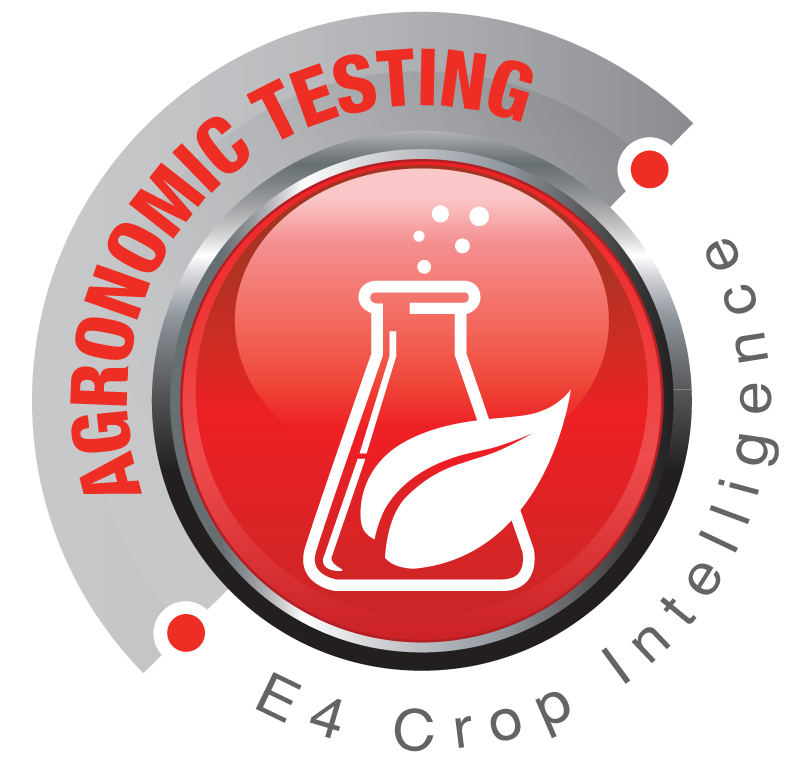Agronomic Testing Software Module
Soil sampling and plant tissue testing are valuable crop management tools. But managing and interpreting testing data can be cumbersome and complicated.
To simplify the process, E4 has developed its Agronomic Testing software module for use in conjunction with E4’s various Testing and Sampling services. The Agronomic Testing module automates complicated processes and maximizes the value of resulting agronomic data.
Customers benefit from fast results and consistent, accurate analyses. Automated reports and visual data representations inform transparent, cost-effective decision-making.
Suppose customers are also using the E4 Fertility Rx module. In that case, soil or plant tissue testing results will automatically generate nutrient prescriptions (blanket or variable rate) that can be uploaded to onboard field monitors.
How It Works
- Using the Agronomic Testing software module, customers request the tests of their choosing (soil and tissue with various options for each).
- Experienced E4 sampling technicians retrieve the samples from growers’ fields and submit them to E4-approved labs. Once processed, results are fed directly back into the Agronomic Testing module.
- Customers can access their testing data directly, viewing easy-to-read field maps and reports.
- If customers also have the Fertility Rx module, a nutrient prescription is automatically generated based on sample data.
- Testing data is stored in the Data Bank module for future reference, enabling year-over-year comparison and analysis.
Key Features & Benefits
Trends Over Time: Using E4 testing services and software ensures that samples collected over time are analyzed consistently, so when year-over-year data is compared, it reveals accurate trending information. Reliable trend data can be a hugely valuable management tool.
Visualize Data: E4 will generate field maps using FSA boundaries or GPS coordinates (if available). Through data interpolation, E4 can provide a visual representation of soil differentiation—pH, potassium, organic matter, etc.—across the spatial dimensions of your field.

